Astaxanthin the most prevalent carotenoid in the marine environment
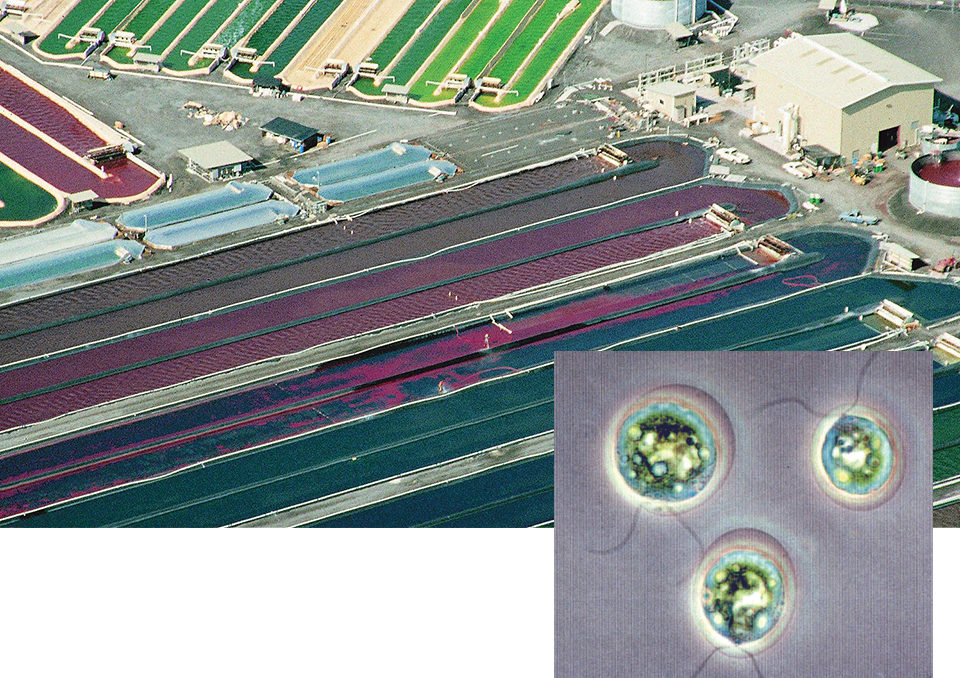
Carotenoids – a large, structurally diverse group of molecules that provide nutrition as well as pigmentation – are primarily produced by plants. They are ingested by animals and bioaccumulate in the food web. Some animals, such as copepods, can synthesize more-complex carotenoids from less-complex carotenoids through ingestion of a plant, fungus, or bacteria.
Carotenoids have metabolic turnover and must be supplied in the diets of animals in captivity to achieve and maintain optimal pigmentation and health benefits. Colors such as red, orange, yellow, blue, and brown are produced by the carotenoid astaxanthin and its protein and lipid complexes. Many researchers believe astaxanthin is an essential nutrient that should be supplied in aquatic diets at levels of at least 10 ppm.
Astaxanthin
The red carotenoid astaxanthin is the most prevalent carotenoid in the marine environment because all marine organisms have it as a component of their diets. In the aquatic food web, astaxanthin is produced by microalgae that are ingested by small fish and invertebrates, such as krill, which are then ingested by fish.
In the aquaculture industry, astaxanthin is commonly used as an additive in formulated aquafeeds to promote and improve the coloration of muscle – typically in salmon and shrimp. Farmed shrimp can ingest carotenoids through the natural productivity of ponds, but astaxanthin is also frequently included in finishing diets so cooked shrimp turn an attractive reddish color.
Astaxanthin has important roles in the production and health of aquatic animals. For example, some species of fish can use it as a vitamin A precursor. It is also important in the reproductive cycles of fish and shrimp, improving fertilization and survival rates during seedstock production of several commercially important species.
Astaxanthin can be derived from several sources. Krill or crawfish oils contain up to 1,200 ppm esterified astaxanthin. Commercially produced Phaffia sp. yeast isolated from trees has been mutated to produce 4,000 to 10,000 ppm free astaxanthin. Although it does not have the same chemical enantiomer structure as astaxanthin from aquatic and other sources, synthetic astaxanthin is also used in aquafeeds.
Perhaps the most natural source of astaxanthin for feed is microalgae meal, which is most similar to the natural food web.
Green algae
Commonly found in pools of freshwater throughout the world, the green algae (Haematococcus pluvialis) has the highest accumulation rate of astaxanthin among microalgae. H. pluvialis algae meal contains 10,000 to 50,000 ppm astaxanthin, as well as the other carotenoids beta-carotene, canthaxanthin and lutein.
H. pluvialis meal is utilized in aquafeeds for food fish and shrimp, as well as ornamental fish species. It is most commonly used as a pigmentation source, but also increasingly as a nutrient source, particularly for broodstock feeds.
Microalgae production
Microalgae cultivation systems vary widely from pond cultivation to automated closed systems. Within these systems, microalgae require water-soluble inorganic nutrients such as nitrate, phosphate, iron, and trace minerals. The algae produce very little solid waste, but the media they habitate contains residual inorganic nutrients that must be disposed of in a responsible manner.
Key issues for the sustainable production of microalgae are conservation of water and the control of nutrient discharges. At the Hawaii, USA, farm of Cyanotech Corp., a leading producer of natural products from microalgae, for example, astaxanthin-rich algae meal is made while conserving water and nutrients through transfer between culture systems. Water is reused through postharvest filtration, ponds are lined to prevent loss of nutrients into the ground and to protect the product, and waste solids are utilized by local farmers as agricultural soil amendments.
Natural advantages
While varied forms of astaxanthin work well as pigment sources for fish and shrimp, astaxanthin from microalgae meal provides the extra value of being completely natural. Natural pigment sources can be aggressively promoted in some markets, allowing farmers to realize greater profits for their cultured seafood than for those pigmented with synthetic products.
The value of astaxanthin as an antioxidant for humans is only beginning to be realized, and fish pigmented with natural astaxanthin could be an excellent source of this nutrient for humans. Currently, only two astaxanthin sources are approved for direct human consumption as a supplement in the United States: krill oil and the algae H. pluvialis.
(Editor’s Note: This article was originally published in the January/February 2007 print edition of the Global Aquaculture Advocate.)
Now that you've reached the end of the article ...
… please consider supporting GSA’s mission to advance responsible seafood practices through education, advocacy and third-party assurances. The Advocate aims to document the evolution of responsible seafood practices and share the expansive knowledge of our vast network of contributors.
By becoming a Global Seafood Alliance member, you’re ensuring that all of the pre-competitive work we do through member benefits, resources and events can continue. Individual membership costs just $50 a year.
Not a GSA member? Join us.
Authors
-
Valerie L. Harmon, M.Ag.
Director of Business Development
Cyanotech Corp.
73-4460 Queen Ka’ahumanu Highway #102
Kailua-Kona, Hawaii 96740 USA -
Gerald R. Cysewski, Ph.D.
Director of Business Development
Cyanotech Corp.
73-4460 Queen Ka’ahumanu Highway #102
Kailua-Kona, Hawaii 96740 USA
Tagged With
Related Posts
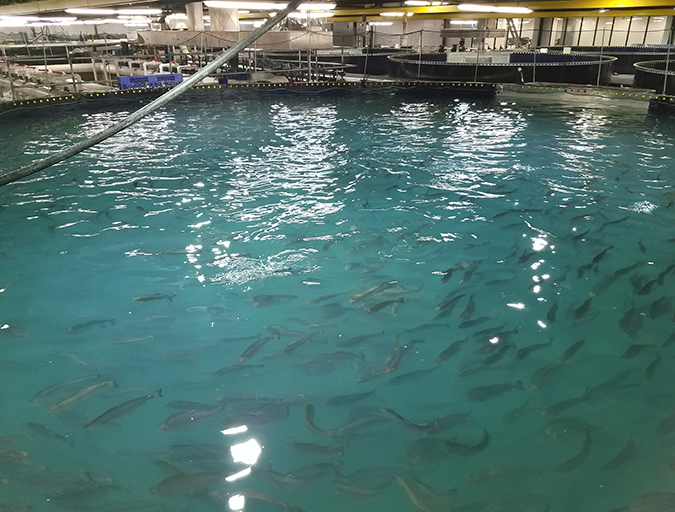
Intelligence
A land grab for salmon (and shrimp) in upstate New York
The operators of Hudson Valley Fish Farm see their inland locale as a pilot to prove that land-based fish farming, located in close proximity to major metropolitan markets, can be successful.
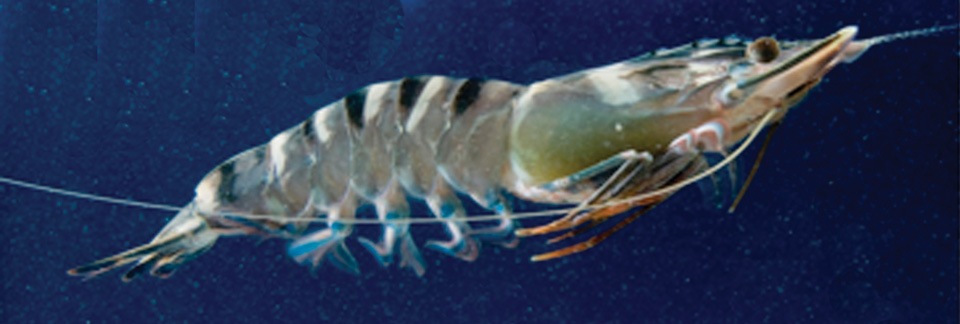
Health & Welfare
Add value to shrimp harvests: Darken environment to enhance shrimp color
Shrimp color is caused by pigments that play an important role in camouflage for survival. For farmed shrimp, proper coloration is generally achieved via synthetic astaxanthin in feed.
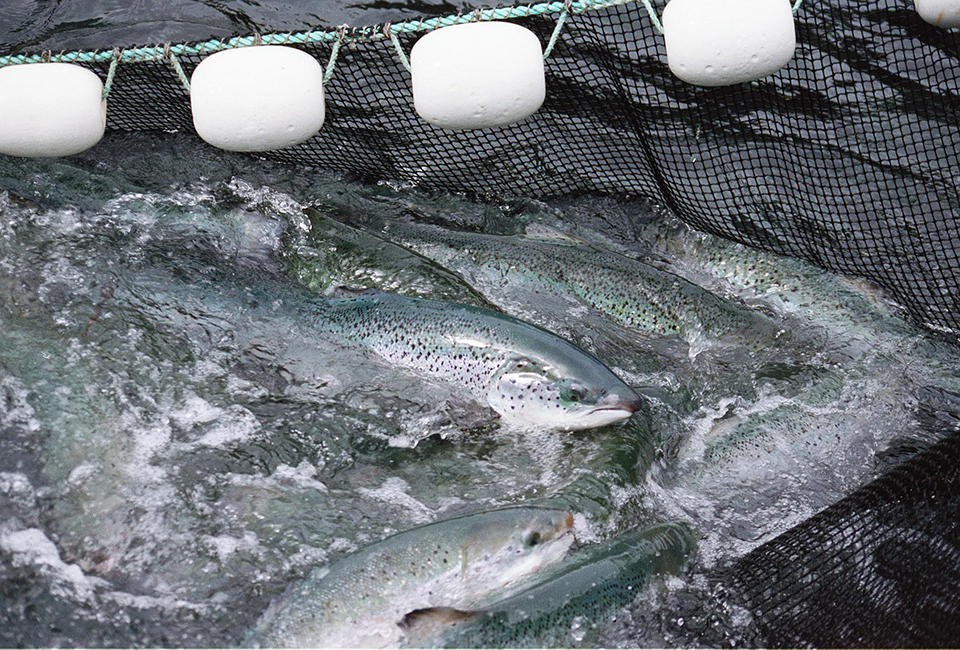
Intelligence
Better to eat – farmed or wild salmon?
There is a widely promoted misconception that eating wild-caught fish is better for the oceans than eating farmed seafood. On a global basis, however, sustainably farmed fish may represent 60 times more efficient use of anchovies and other baitfish resources than wild fish.
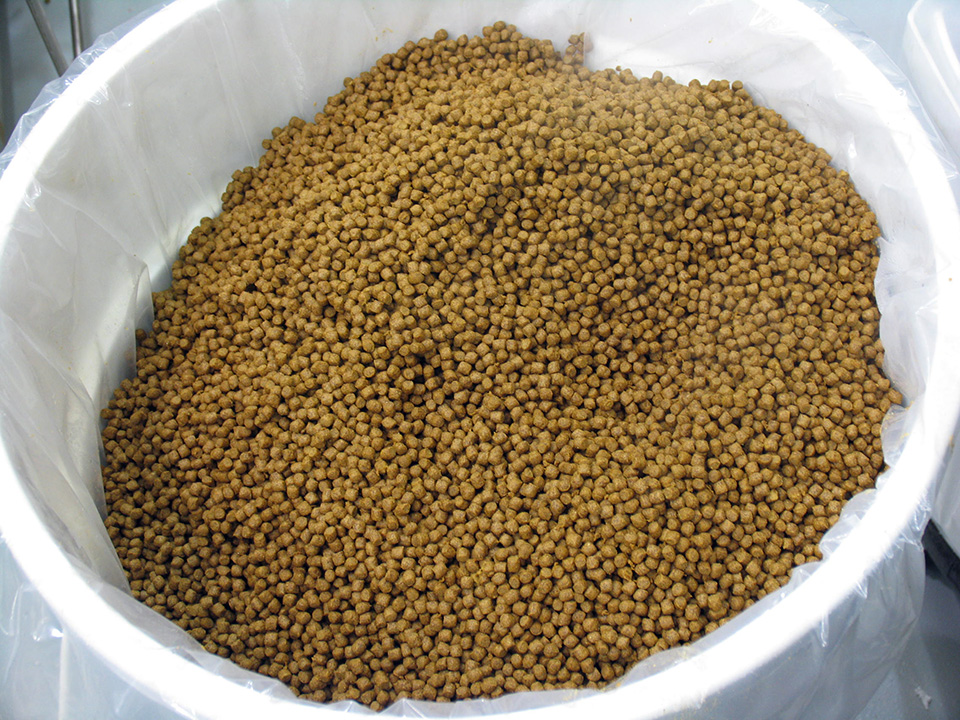
Aquafeeds
Biotechnology could combine positive traits in seed-based fish feed
Biotechnology offers a potential avenue to overcoming the negative traits of seeds and enhancing feed performance to improve fish health.



